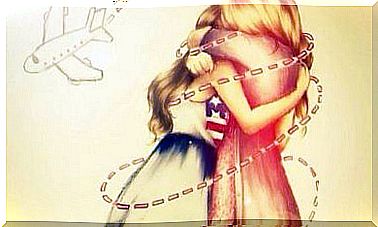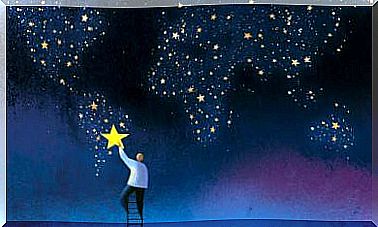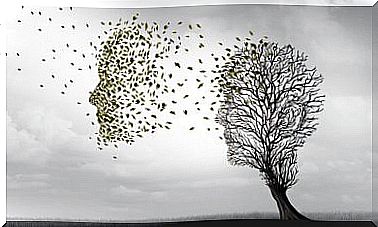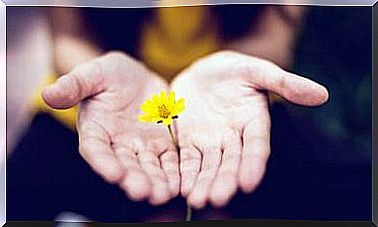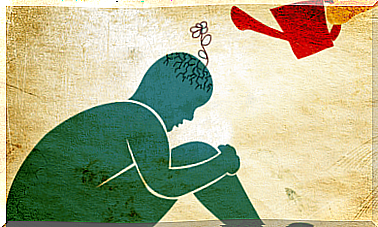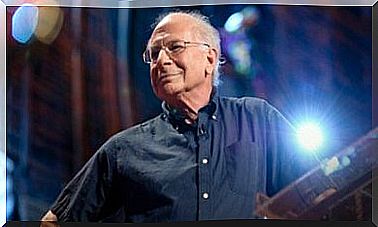Do You Know The Origin Of The Magi?
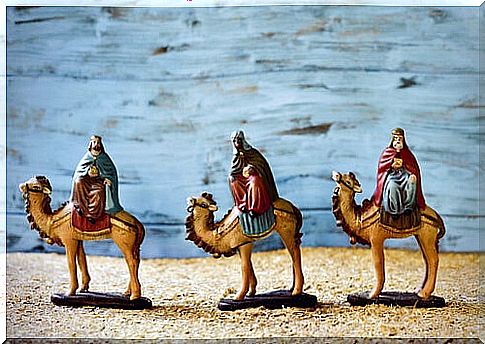
The origin of the Three Wise Men may be a mystery to many, despite being a very established tradition in our society. So much so, that it is a mandatory holiday for a large number of families.
Likewise, it is a tradition that has inspired numerous works of art since its origin, as it is a subject treated by different painters and sculptors throughout history.
The common legend that children know consists of three “wise men” who come from the East following a star to leave their gifts at home. The wizards, rich kings with abundant treasures, decide which children they leave their gifts to and what each one deserves, because previously the children have written a letter where they relate desires, feelings, how the behavior has been this year …
The tale of the Magi fills children with illusion and magic at this time of year. They probably crave gifts and feed their fantasies and dreams on Twelfth Night. An illusion that not only occurs in children, but also occurs in adults, who feed the legend of the kings in the little ones and, in turn, are participants in the tradition.
But … what is the origin of the Magi? Where is tradition born and how is it established in our society? We talk about it.
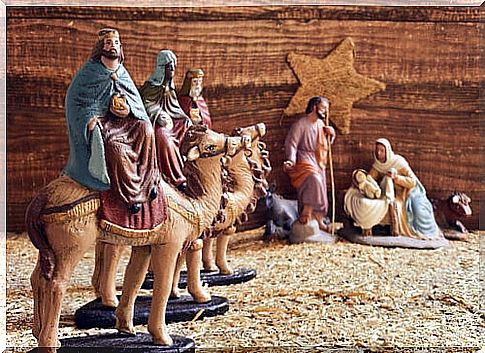
Origin of the Magi from the East
The origin of the Magi is located in the evangelist Mateo, who names magi in his Gospel without specifying names or specific data. It tells that the wise men came from the East looking for the “king of the Jews” who was born in Jerusalem guided by a star. This star led them to Jesus born in Bethlehem, and to whom they present offerings (gold, incense and myrrh).
It was in the third century BC, when it was recognized that they were three Wise Men. Origen, writer and main promoter of Christian theology, was the one who proposed for the first time that there be three magi because of the three gifts offered to the child (gold, frankincense and myrrh).
In the 6th century after Christ, the current names of the three Magi appear for the first time by the historian Agnello in his work Pontificalis Ecclesiae Ravennatis . In this work Melchor, Gaspar and Baltasar are distinguished with their names above and representing different ages.
With the passage of time, the Three Wise Men began to be represented with the three races considered main in the Middle Ages. In such a way that King Baltasar represents the Africans, King Melchior represents the Europeans and Gaspar the Asians.
Establishment of tradition in Spain
Starting in the 19th century after Christ, the tradition of the Three Wise Men began in Spain as a children’s party for children in homage to the eastern saint San Nicolás.
Following tradition, Twelfth Night, the night before Epiphany, became the time when these kings went to leave their gifts for children at home.
In 1866, the first Three Kings parade was held in Alcoy (Alicante). The tradition spread to the rest of the country and later to other countries, especially countries of Hispanic culture.
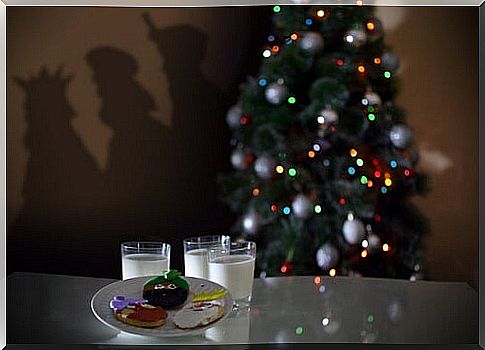
Influence of tradition in art
The Three Wise Men have had great weight in the history of art, as they have inspired many artists. Among them, we highlight the works of Sandro Botticelli, Leonardo da Vinci and El Bosco, which represent the scene of the Adoration of the Magi.
In architecture, the legend of the Magi has also stood out. In Spain, we can find the Romanesque tympanum in Ahedo de Butrón (Burgos) and the façade of the Romanesque Church of Santo Domingo de Soria, where the adoration of the kings is represented.

